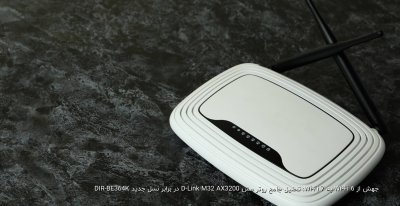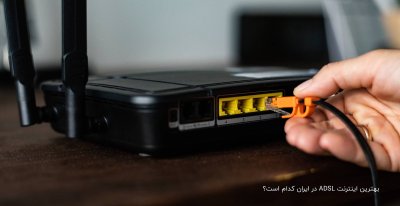هوش مصنوعی فارسی زال
Member
Sora AI, OpenAI’s latest innovation, is set to revolutionize content creation by turning simple text prompts into dynamic videos. This cutting-edge tool allows users to generate high-quality videos from descriptions, offering a new way for industries to create content quickly and efficiently. In this article, we'll explore how Sora AI works, its key features, and its potential uses across various fields.
Though still in development, Sora has shown its ability to produce striking visuals, similar to video-game cutscenes. Current videos are soundless and not fully realistic, but the potential for more advanced, immersive content is clear.
What is Sora AI?
Sora AI is a video-generative model that takes written descriptions and turns them into videos. With just a few sentences, users can create visually compelling 60-second videos. It’s akin to OpenAI’s DALL·E, which generates images from text, but Sora focuses on motion, delivering detailed video sequences.Though still in development, Sora has shown its ability to produce striking visuals, similar to video-game cutscenes. Current videos are soundless and not fully realistic, but the potential for more advanced, immersive content is clear.
Key Features of Sora AI
Sora AI offers several features designed to simplify video production:- Text to Video Generation: Users input text descriptions, and Sora AI produces fully-formed videos, eliminating the need for extensive manual editing.
- Simple Interface: The user-friendly design makes video creation accessible to anyone, from novice creators to professionals.
- Customizable Content: Users can adjust video details like style and length to create personalized outputs.
- High-Resolution Videos: Sora generates clear, coherent videos suitable for professional applications.
- Versatility: It transforms text and images into video, offering flexibility for various content needs.
- Optimized for Platforms: The videos work seamlessly across social media channels, allowing users to create content for TikTok, YouTube, and Instagram.
How Sora Video AI Works
Sora Video AI is based on a diffusion model, similar to other generative AI tools like DALL·E. It starts with static noise and refines each frame into a detailed video based on the provided prompt. One of Sora's key innovations is maintaining temporal consistency—objects remain stable and recognizable even as they move within the scene.
Sora uses a unique recaptioning technique that enhances the prompt to capture more visual detail before video creation. This ensures higher accuracy and fidelity in the output.
Applications of Sora AI
Sora AI has broad potential across industries:- Entertainment: Filmmakers can generate animated sequences or storyboards directly from scripts, speeding up pre-production workflows.
- Marketing and Advertising: Brands can quickly produce high-quality promotional videos from text, saving time and resources.
- Education: Teachers and educators can create engaging visual content for lessons, simplifying complex subjects through dynamic video explanations.
- Gaming: Developers can use Sora to design immersive cutscenes or interactive background environments for video games.
- Social Media: Content creators can use Sora to produce unique videos tailored to different social platforms without needing advanced production skills.
Benefits and Challenges
Sora AI opens up exciting opportunities for creators by removing technical barriers to video production. Indie filmmakers and small studios can use it to generate professional-quality backgrounds and effects on limited budgets. It also offers fast turnaround times for projects that need to be produced quickly.
However, Sora AI also poses certain challenges. The ease of video creation raises concerns about potential misuse, such as the creation of misleading content like deepfakes. While OpenAI is working to implement safeguards, the ethical implications of this tool are still under discussion.
Alternatives to Sora AI
While Sora is an exciting development, there are several alternatives for text-to-video creation available now:- Runway Gen-2: Another text-to-video model, offering similar features for content creators.
- Pictory: A user-friendly tool for marketers and educators to turn text into short-form videos.
- Kapwing: An online video editor that supports text-to-video generation, ideal for social media.
- Synthesia: Specializes in creating video presentations with AI avatars, popular for business and e-learning applications.
The Future of Sora AI
As OpenAI continues to develop Sora, we can expect more advanced features like sound integration and improved realism. Sora’s ability to enhance storytelling, speed up production, and democratize AI video creation will likely lead to widespread use across industries.
Upcoming developments could include real-time video generation, virtual reality integration, and expanded applications in sectors like healthcare and public services.
Conclusion
Sora AI is poised to change the way we create videos. From marketing to education and entertainment, the ability to generate high-quality video content from simple text inputs could transform industries. Though it is still in its testing phase, Sora AI offers a glimpse into the future of content creation, one where anyone can easily bring their ideas to life.
As Sora AI continues to evolve, it will play a key role in the growing intersection between AI and creativity, unlocking new possibilities for individuals and businesses alike










